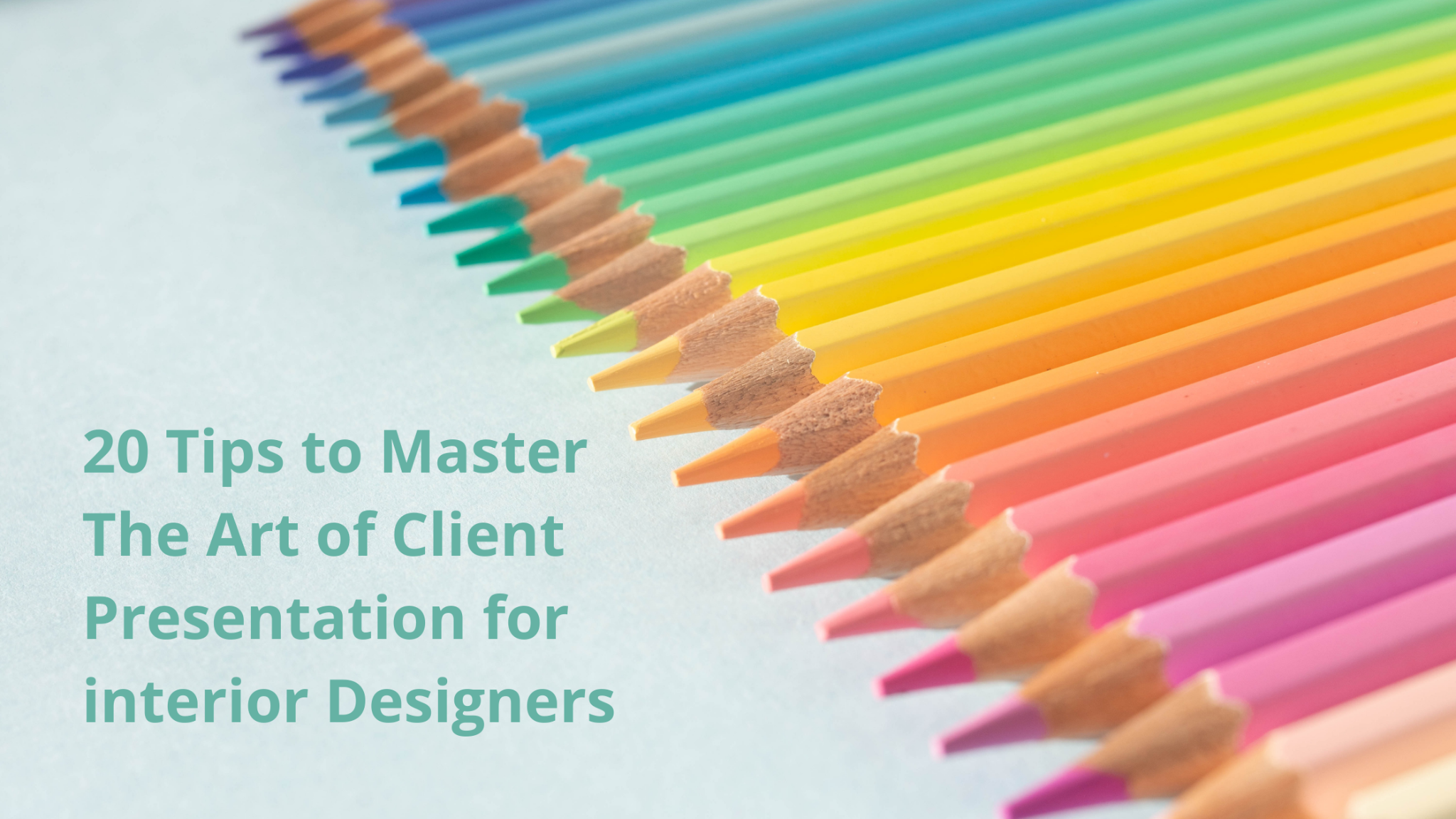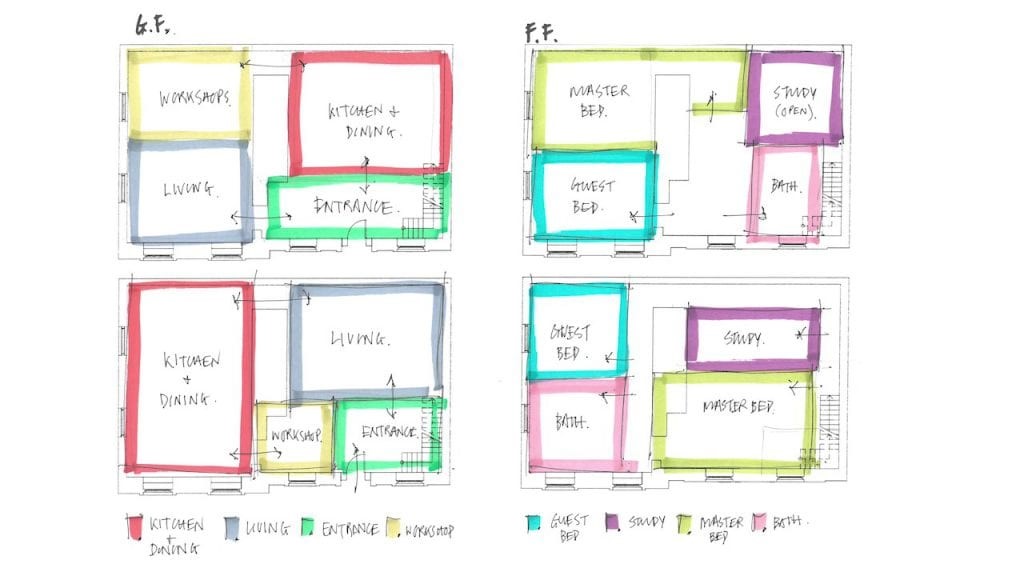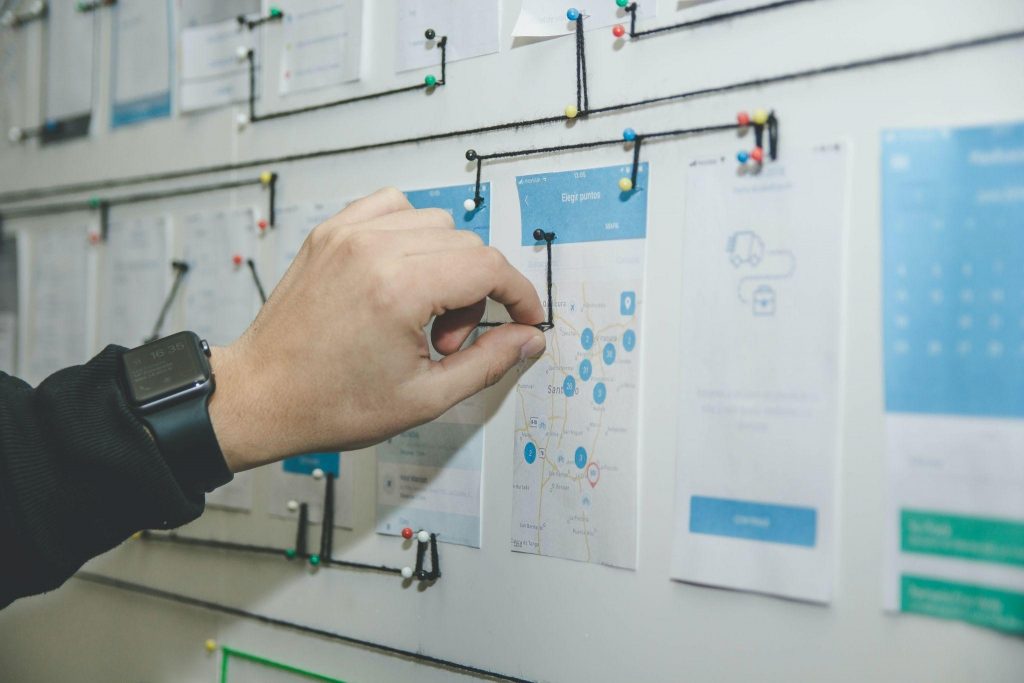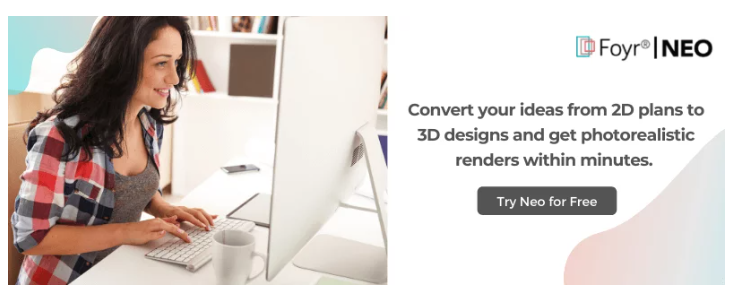Importance of Client Presentations to Close Deals
What is the one thing that can improve your chances of landing an interior design project? A presentation! It is a visualization of what interior designers will offer for any customer. As a result, your customers will have a better idea of what they will achieve at the end of the project. However, the question that most interior designers may ask is, how do you present the interior design to close the deal?
When designing for any interior design client, there are several important factors to consider like the space (office or home design), budget, clients and their family members, client’s style, and way of living. As a designer, these are your styling cues that help create better visualizations for the client.
In the typical interior design process, it can take up to 2-4 weeks to collate design inspirations, elements, quotes and create a presentation board. However, it is essential to have a signed contract or a retainer before you begin the process of creating a presentation board.
The interior design contract clearly defines the budget, pricing and other prerequisites for the project, so you keep that in mind while planning the design. Also, sourcing the data related to the client’s vision of the space and expectations are crucial for your deadline planning as a part of project management. Once all of these activities are over, the next phase is a one-on-one presentation with the client.
It is here that you need to have a presentation plan ready to execute. There are several elements of a successful client presentation, and here we will discuss twenty of them.
Read also – 14 Tips To Build Strong Brand for Your Interior Design Business
20 Best Client Presentation Tips for Interior Designers for Successful Deals:
1. Design Rendering
When it comes to client presentation tips for interior designers, 3D rendering is an approach used as a last resort. However, we are discussing it first here for two significant reasons. First is the advanced form of visualizations that a render may offer to the clients. It allows them to visualize the exact design in a three-dimensional format that resembles the final result.
The second reason is how it can positively influence the client. It is more than just a design mockup that digitally enhances the look of furniture pieces, floor plans, and even entire spaces like the living rooms. Your clients get to know what the design will be once the project is complete.
However, it is not so popular among designers as most of them outsource rendering. Thus, there is an extra cost that is to be reimbursed.
Read also – 15 Best 3D Rending Software
2. Design Boards
One of the critical foundations of interior design presentations is design boards that help clients understand different design elements and their final outlook. Design boards can be created with cork boards, pins, and paper. It is a simple board that does not need anything fancy and can yet convey the design effectively.
You can print images of furniture pieces, create swatches for color schemes, print pictures of rugs, different features, lighting, and flooring, and pin them on the board. Adding fabric samples and upholstery or curtains can make it more intuitive.
Image Credit: Unsplash.com
Design boards allow you to get all the data related to different design ideas, and space heuristics can help in better visualization. However, it is essential to understand that a design board is different from a mood board. The presentation is related to the real design of space with a design board than inspiration images used in a mood board.
With modern technologies and digitization, you can now use software like Photoshop to create a digital design board. Then, you can either print out such a digital design board or present it directly from a device like a tablet or PC.
Read also – 15 Best Interior Design Software To Design Digital Boards
3. Dress Code
It may sound stupid to many, but dressing up relevant to the client’s style, space, and environment can make a difference. According to Victoria Sanchez, a prominent interior designer and founder of Victoria at Home, “Walking into a client’s home with your four-inch high heels when you will present designs for a family with kids can be awkward.”
Youtube Video – The Art of Client Presentation by Victoria Sanchez | FoyrTalks2020 | September 23 – YouTube
She further states that walking in with a pair of jeans on for presenting an interior design for a country club project may not be a great idea. Thus, the concept is to dress according to the project’s theme, adding to the aesthetic element of interior design and aligning with the space heuristics.
4. Organized Presentation
Victoria also asks interior designers to stay organized for their presentations. She emphasizes that if your interior design presentations are not organized, they will act as an indicator of how inefficient your services will be for a client.
Image Credit: Unsplash.com
Here are some tips that she shares:
- Try to have every aspect of the presentation planned before the meet.
- Don’t have the swatches, material samples, or even a digital board unorganized.
- Keep all the design elements in chronological order, which can assist you in explaining the process.
- Don’t waste time going back to your studio for little things related to the presentation, as that can be deemed inefficient.
Read also – Digital Marketing Strategies for Interior Designers
5. User Experience of Presentations
While interior design is an aesthetics-based concept, there are some design elements that you need to have in physical form. In layman’s terms, the feel of touching a material can be more stimulating than just visual appeal. This is related to the fabrics, material of furniture pieces, curtains, carpets, etc.
Adding physical samples of the fabrics and allowing your clients to feel them through touch will help drive the decision-making. You can even create a sample board with all the materials pinned for a better experience. There can be one hero sample with other options, which will enable clients to make a choice.
6. Moodboards
Apart from the design boards and sample boards, mood boards are also a great way to design presentations. It is a collation of different design inspirations that offer cohesive visualization for clients. However, mood boards are highly suited for presentation to a new client. But if you are looking to close a design project deal, you may need a more comprehensive design board.
Read also – 14 Tips To Create Mood Boards for Interior Design
7. Master of the Art
There is no denying that you should be at your best for the entire project, but you need to assert your expertise when it comes to a design presentation. However, it does not mean you throw jargon that your clients don’t understand, but help them with expert advice and choices.
Also, try to communicate your anecdotes from different projects you have worked on over the years to showcase your expertise.
Read also – How To Revive Your Interior Design Business Post-COVID-19?
8. Optional Concepts
Sometimes a single design concept is enough for your client to be impressed, and most of the time, it might not be a possibility. It’s a luxury that every interior designer does not have, and you should be prepared for it.
Especially when it comes to new clients that do not have an extensive idea about interiors or your work, you need to offer multiple options of design concepts. One way to do that is by creating multiple mood boards for presentations.
In such a scenario, when you need to present multiple concepts and there is a shortage of time, you can leverage mood board-creating software for multiple digital iterations. For example, you can create three iterations:
- A design concept of your choice
- Your client’s choice
- The middle ground
Read also – AI-Powered Interior Design Software
9. Design Context
Most designers get the presentation wrong when they attempt to present too many aesthetic-based concepts out of context, making it a beauty contest. One of the critical client presentation tips for interior designers is to showcase a single concept contextual to the client’s needs rather than showing multiple options without context.
You can use a PowerPoint slideshow, which will help clients better understand the design plan and visualize the project.
Read also – 10 Best Interactive 3D Presentation Software
10. Naming Your Idea
Showing exuberance and confidence is essential to ensure that your client understands the potential in your design plan and design firm. One way to ensure confidence is to name your concepts. If you don’t name it, these ideas will be just vague thoughts in your mind. So, name your design concept suitably to present your idea better.
11. Design Sketches
One of the best ways to express your ideas during the design presentation stage is using the age-old hand drawing technique. You can create hand-drawn design sketches and include them in the presentation slideshow. However, it can look messy, and you may opt for software that can help you create 2D sketches digitally.
Image Credit: nda.ac.uk
It can offer a rough idea of the floor plan, furniture pieces, and even different design elements that fit the space. The sketch may not define the exact elements and measurements, but it will offer a fluid design for early-stage visualization.
There are three types of sketches that you can create:
- Floor plans sketches (showing space heuristics)
- Sketches to define space zones
- Elevation sketch
A word of caution, don’t skip a sketch just because it’s a conventional method.
Read also – How To Draw A Floor Plan?
12. Layouts & Materials
When you move on from a basic design sketch to a more enhanced presentation plan, you will need a layout with accurate measurements. You will define your clients’ placements, sizes, and materials, from the floor plan to the furnishing. However, while you can offer options for materials, quantity can be discussed during the presentation, especially if the agreement is signed.
13. Storyboards
Storyboards are an old-school method related to any concept presentation, but you can use the concept of storytelling for design presentations. For example, if you are designing an office for an online platform like LinkedIn, you need to have that vision embedded in the design.
The best way to ensure visualization of the vision is to employ a storytelling-type design presentation with several anecdotes from the client’s journey.
Image Credit: Unsplash.com
14. Keeping It Realistic
Interior designing is a profession where creativity meets excellence to create the magic of aesthetics and comfort. However, it is essential to understand that there is a budget on the line, and you need to create the design plan according to it. So, make a realistic and practical interior design solution for the presentation.
Read also – Pricing Strategies for Interior Designers
15. Client-Specific Approach
As a designer, you will have to present your designs to different types of clients. While it can be a little easier presenting a new concept to clients you have worked with before, new clients need a solid design plan. So, devise a client-specific approach to create presentations as per the client’s sensibility, behavior, and requirements.
16. The Problem-Solving Game
A design is not just about aesthetics but also has to offer solutions to the client’s problems. For example, a corporate client might be looking towards a work-from-home setup that is more functional than aesthetic during the pandemic. So, your design presentation needs to be innovative and offer solutions for the client’s problems.
Read also – How To Get Clients for Interior Design Business?
Image Credit: unsplash.com
17. Self-explanatory Details
Apart from being contextual and using the storytelling approach, your design presentation should be self-explanatory in many ways. For example, furniture piece designs, placements, and even the overall look can be self-explanatory by leveraging 3D mockups that you can design using software like Photoshop.
18. Attention to Clients
Your design presentation is not just yours, and that is the most significant thing to keep in mind. Being attentive is one of the best client presentation tips for interior designers. Try to listen to what your clients want from the interior design, and then fuse your expertise to bring that ‘wow’ element to the project.
Read also – How To Pick The Right Interior Design Clients?
19. Business Aspects
Apart from all the design elements, materials, mockups, and aesthetics, you need to discuss the business aspects of the project. These factors can include budget, material procurement, vendor details, and a timeline for the project.
19. Noting Inputs
Throughout the design presentation, you need to note down each input from your clients. It will help your design sync with what your client wants and help you quickly adjust your presentation.
Read also – How Do Designers Get Interior Design Clients On A Low Budget?
Conclusion
With all these client presentation tips for interior designers, the recipe is ready for any professional to win their projects.
Having the right business tools will make each stage of the interior design process simpler and more efficient. Foyr Neo is a powerful interior design platform built with you, the designer, in mind. Take design ideas from concept to a photo-realistic rendering in just minutes with a suite of advanced tools, including:
- The ability to choose from thousands of preloaded items like furniture, plants, accessories and much more – or upload your own 3D models to create the exact look your clients want.
- Produce 4K, photo-realistic renderings on demand.
- Advanced lighting options and visualization settings.
- Real-time 3D editing capabilities.
By combining the functionality of multiple tools in one platform we empower designers to spend less time with software and more time with their clients. You can try Foyr Neo free for 14-days now and experience the power of limitless design.














